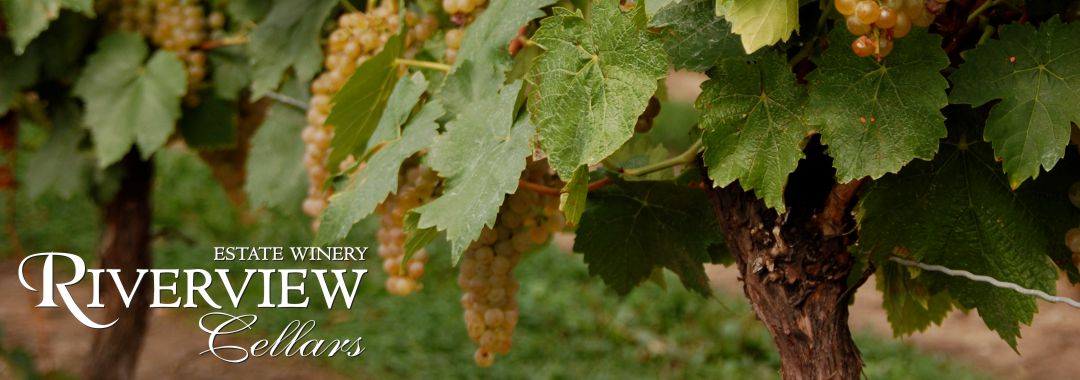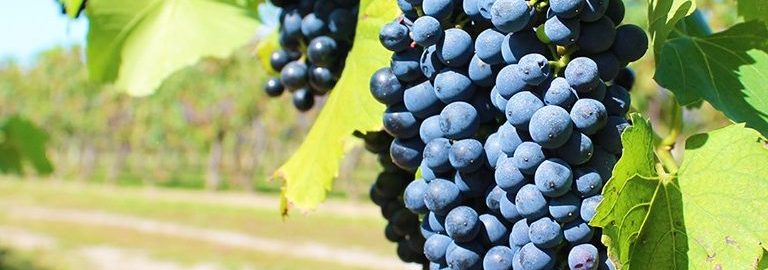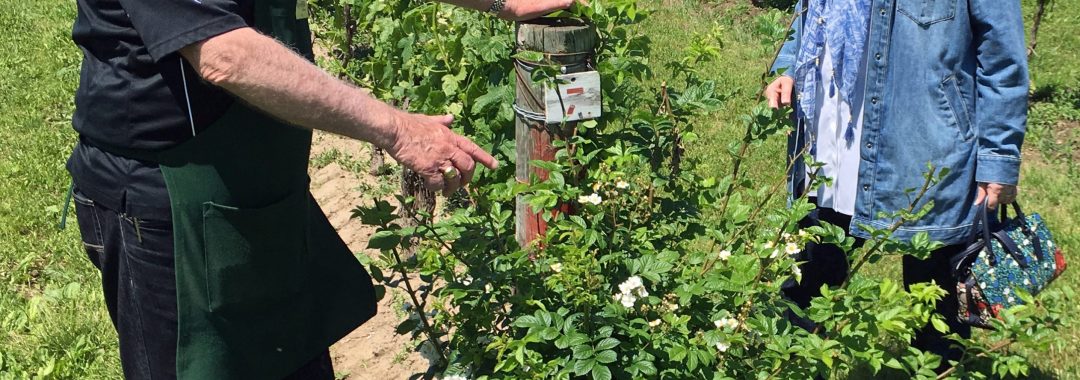The Vineyard
Vineyards wouldn’t be much without the land, and as many winemakers can tell you, the land wouldn’t be much without water. We grow our grapes adjacent to the Niagara River on a premium parcel of land in Niagara-on-the-Lake. Our property’s 25 acres stretch East-West in a narrow strip from the Niagara Parkway to Concession 1.
We knew from the first walk through the vineyard that its terroir was special. Though subtle, the topsoil variations impart unique thumbprints on the grapes. The soil closest to the Niagara River is a pliable, silty loam. Further West the soil becomes a denser, clay loam. That density increases in small patches of tougher clay before closing out the vineyard with fertile sandy loam. Typically, tougher soil helps to control vine vigour, especially in wet years.
To our knowledge, the farm was first planted in 1910 as a fruit farm and market. In fact, the back portion of our farm once maintained a railway-station and fruit-canning factory. In 1975, Sam and Lina Pillitteri bought the farm and maintained the storefront as Riverview Booth.
The history of fruit farming would serve the vineyard-to-be quite well as it became Riverview Farms in the 1980s. The first vinifera to break ground were Gewurztraminer in 1992, with additional plantings of Vidal Blanc in 1993 and Cabernet Sauvignon in 1998.
Currently, approximately 23 acres of the property are under vine in 18 demarcated blocks at an average density of 900 vines/acre. We like to focus on French and German cool-climate white varietals, Pinot Gris, Riesling and Gewurztraminer. The vineyard is also outfitted with the primary Bordeaux varietals Cabernet Sauvignon, Merlot, and Cabernet Franc.
Over the years we’ve scaled back emphasis on hybrid grapes, but still use Vidal to make classic Niagara Icewine, and Baco Noir for our most popular limited-edition table wine.
Grapes can define regions because they’re suited to specific climates and soils. We like to think of Niagara-on-the-Lake as an intersection of viticultural strengths.
Our daily summer temperatures, humidity and rainfall patterns are incredibly similar to those of Bordeaux. Our soil profile of sand, clay, and limestone strikes familiarity with the Mâconnais district of Burgundy. Our fertile loams mimic the generous textures of the Rheinhessen.
We combine these natural gifts with the best techniques we can employ. Grapes are cane-pruned using a ‘Double Guyot’ method to increase sun-exposure and air circulation. Leaves are pulled and many grapes are dropped to the ground to promote better ripening. Weeds are hoed manually to reduce herbicide quotients in the topsoil. Pheromone traps are deployed to reduce insecticide sprays on the grapes.
In all, we’re moving toward greener viticulture and brighter futures.
They say the best vineyards face the rivers that lead out to the ocean.
We know, however, that the best vineyards are small, nuanced parcels maintained by knowledgeable and dedicated workers.
We may not have an ocean, but the Niagara River and Lake Ontario suit us just fine.
When you truly respect the vineyard, your wines sincerely reflect the land.




